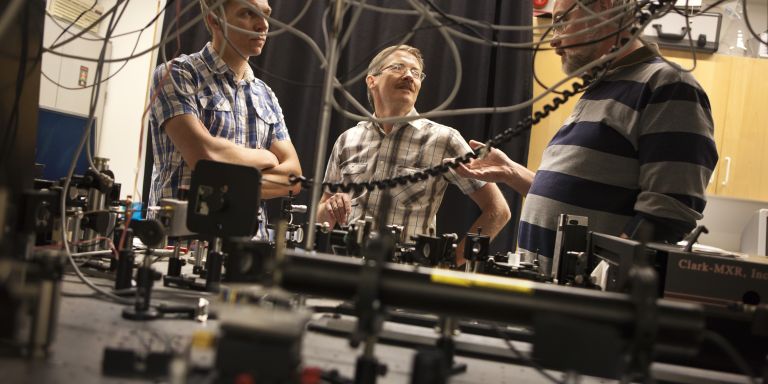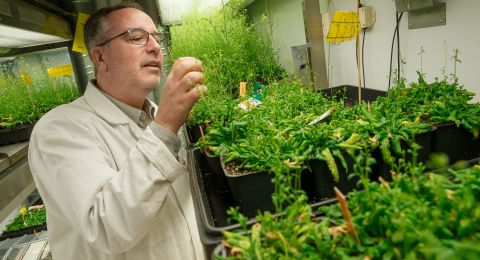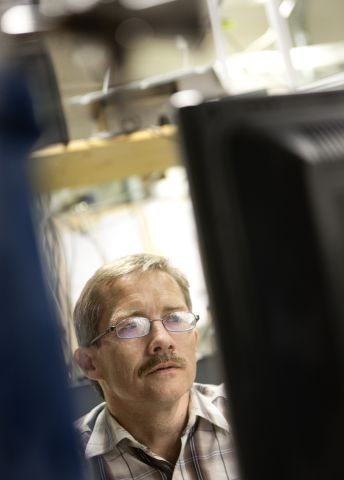
Project Grant 2011
Controlling quantum coherence
Principal investigator:
Tõnu Pullerits, professor of chemical physics
Co-investigator:
Andreas Wacker
Arkady Yartsev
Donatas Zigmantas
Ivan Scheblykin
Johan Mauritsson
Petter Persson
Stefan Kröll
Villy Sundström
Institution:
Lund University
Funding in SEK:
37.6 million over five years
Quantum physics is of central importance in many natural systems. This is now regarded as self-evident. But researchers are now beginning to unravel, bit by bit, how these processes function in detail.
In the molecular world, everything, from atoms to biological pigments, is described in terms of a wave function – a fundamental entity of quantum mechanics. When wave functions oscillate in phase throughout a dynamic process, it is called quantum coherence. This is a phenomenon that has attracted more and more interest in research, as certain findings indicate that coherence plays a key role in photosynthesis, the process that plants on earth use to convert energy from the sun, according to Tõnu Pullerits, professor of chemical physics at Lund University.
“Many discussions are underway, and there are indications that nature may use such tricks for efficient energy transfer, even though we haven’t figured it all out yet,” he says.
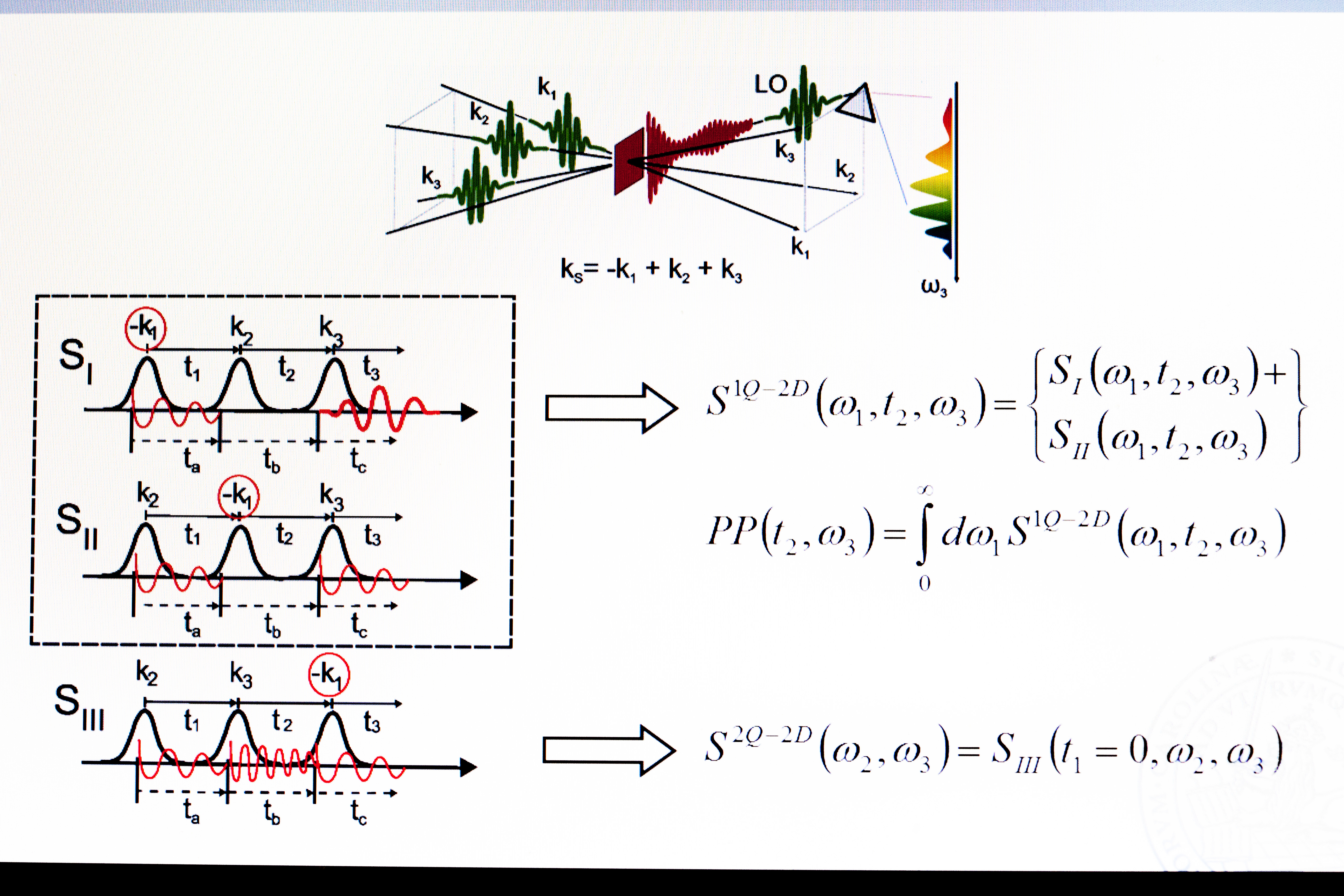
Take many paths simultaneously
Coherence enables absorbed solar energy in a green leaf to find the shortest route by taking all possible routes simultaneously and then “choosing” the best one. The energy transfer is then virtually perfect.
“This process can be visualized by a mass start of the Swedish annual Vasaloppet,” says the experienced skier Tõnu Pullerits. “At the start all 16,000 participants take off in the same direction and form a broad field.”
“Then you get to the bottleneck. Along the trail there are bushes that can be passed on the right or left. That’s roughly where I usually get stuck. It’s impossible to know which side will be blocked first. One can win hundreds of places by gliding at a right side while other side is hardly moving. In the quantum mechanical world, you can in a wavelike fashion simultaneously take both paths and in such a way always use the “right” side, to use a simplified language.”
Different rules apply in this microworld, and coherence opens up new possibilities of enhancing the efficiency of dynamic processes, such as the transfer of electrons and energy. This also paves the way for new applications. For example, we can imagine much more efficient solar cells than the kinds we have today, and possibly new superfast computers.
Trying to control coherence
But we have a long way to go before we get there. First of all, scientists must learn to understand coherence and be able to exploit and control the phenomenon. Getting that far will require comprehensive basic research.
Thanks to a grant from the Knut and Alice Wallenberg Foundation, it will now be possible for Lund University scientists, who are among the world leaders in this field, to get to the bottom of the matter. Both theoretical and experimental researchers are involved in a new project and are benefiting from the latest technological developments. Using attosecond spectroscopy, they can now study the movements of electrons in molecules in great detail.
“A fundamental question is what happens when electrons absorb light. Thus far we’ve only been able to study relatively small molecules, and it will be some time before we can perform studies on entire molecular complexes. But we can nevertheless learn a lot about basic principles, even from small molecules,” says Tõnu Pullerits.
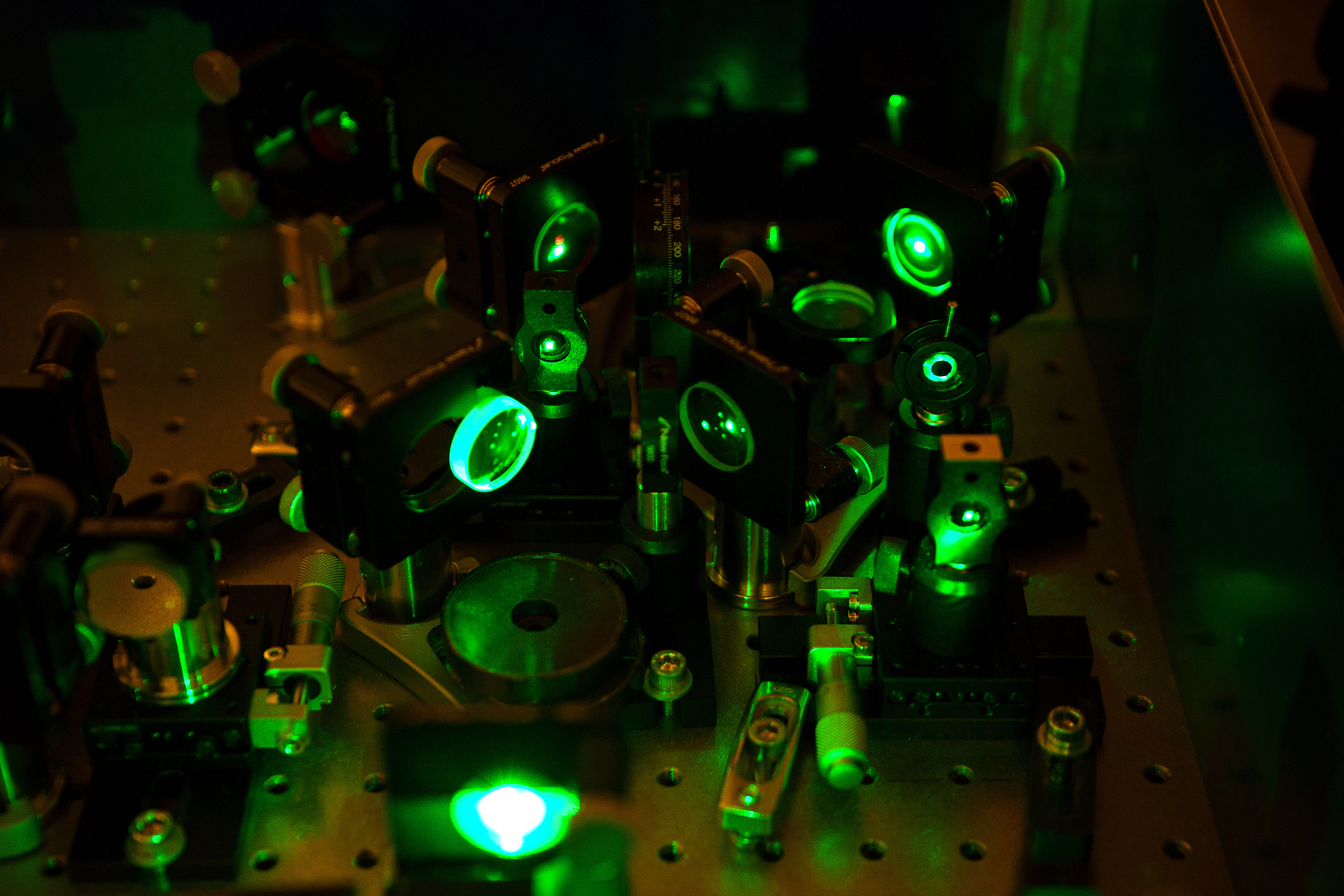
Important in brain function
Quantum coherence may even provide explanations for how the brain functions. Lund is home to the Pufendorf Institute, an interdisciplinary research environment created with funding from the Marianne and Marcus Wallenberg Foundation in 2009. In the fall of 2012 a new project in quantum biology will be launched.
Among other things these scientists will be discussing the idea of the British mathematician Roger Penrose that quantum coherence may offer an approach to studying the flow of information in the brain. This could thereby provide new knowledge of how the brain acts and how free will is generated.
“This is more on a philosophical level,” Tõnu Pullerits admits. “But there are also other natural processes where coherence seems to be involved, for example when it comes to understanding how migratory birds find their way when they fly south.”
Text Nils Johan Tjärnlund
Translation Donald S. McQeen
Photo Magnus Bergström
